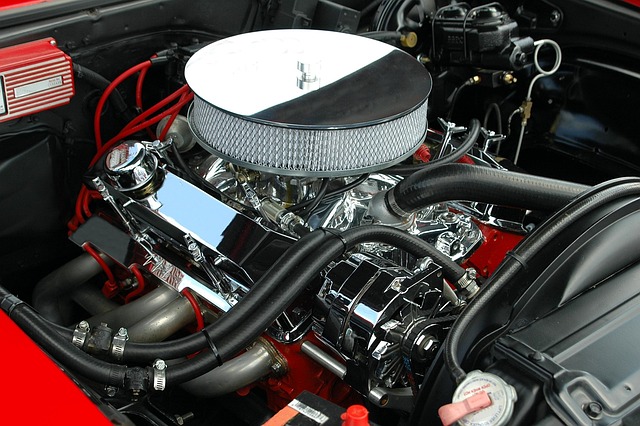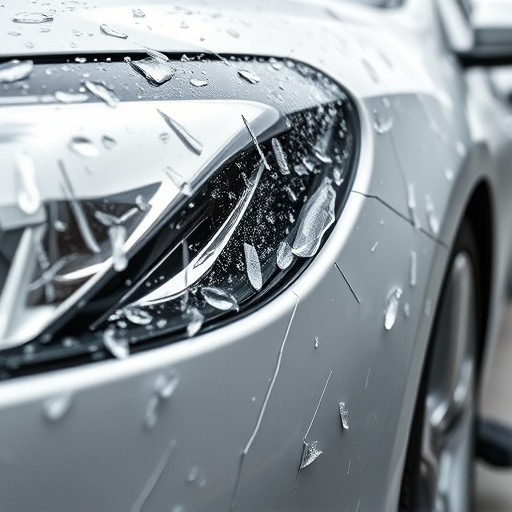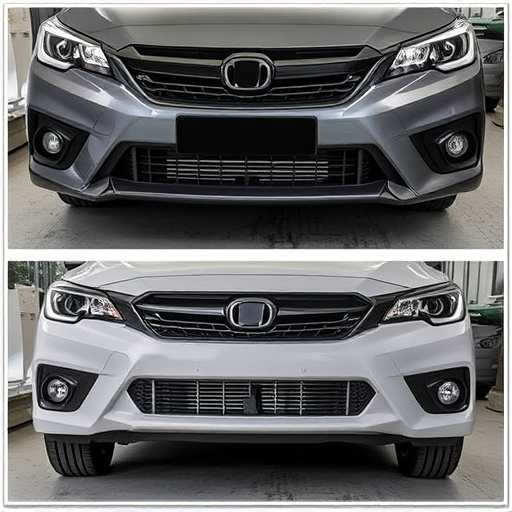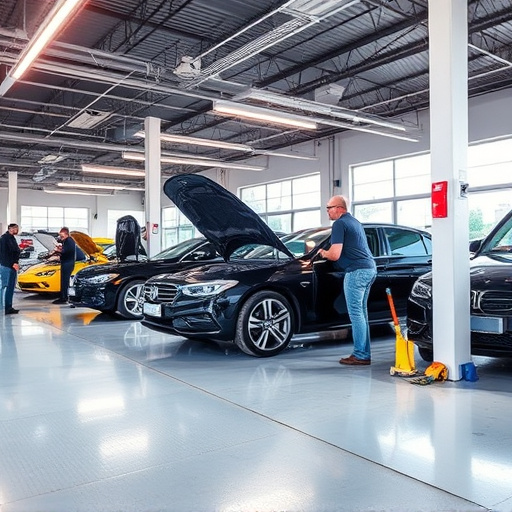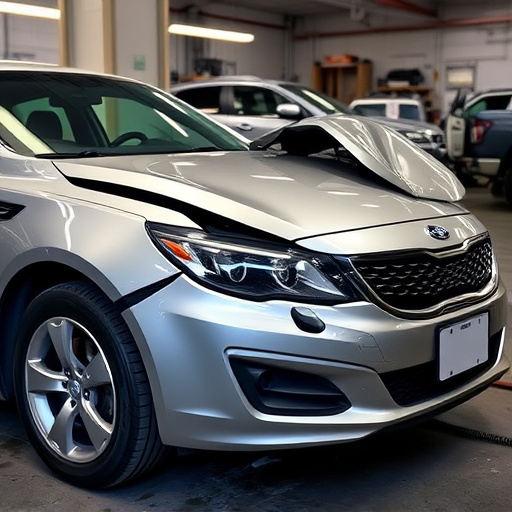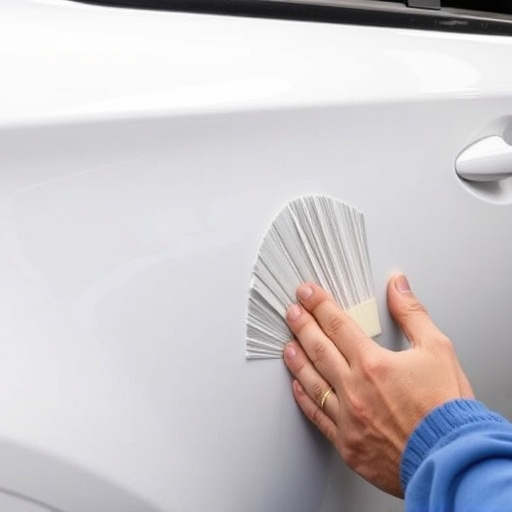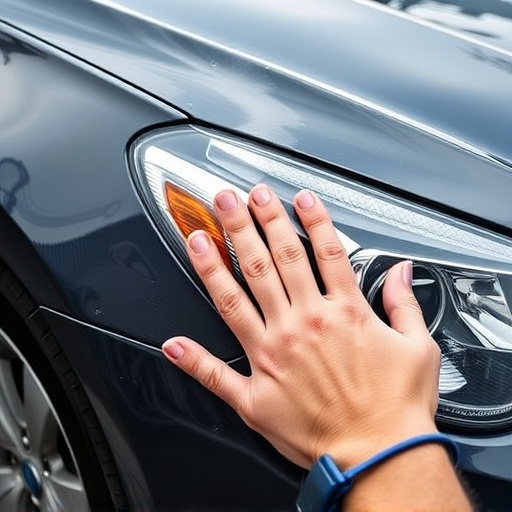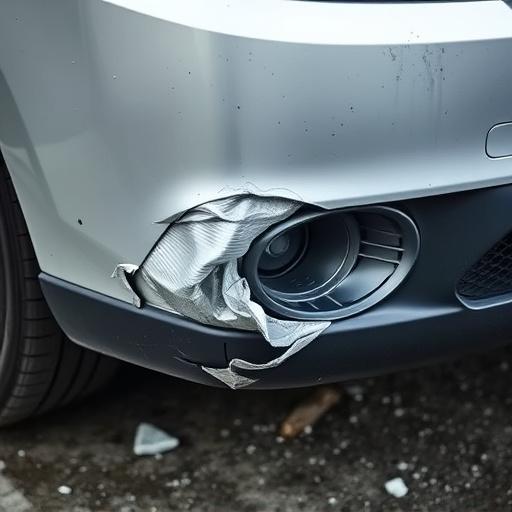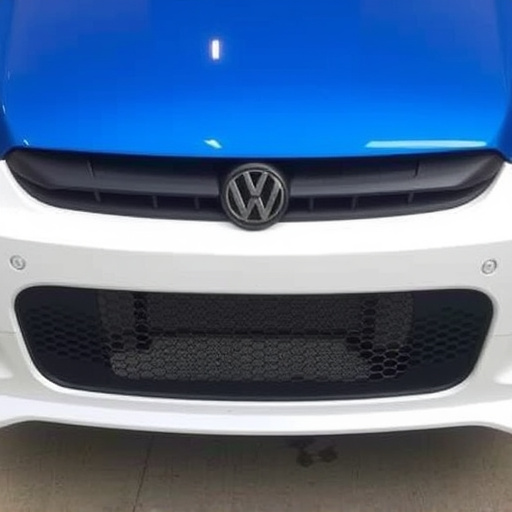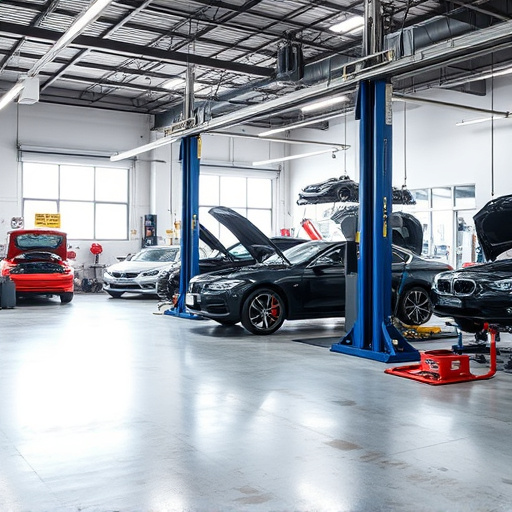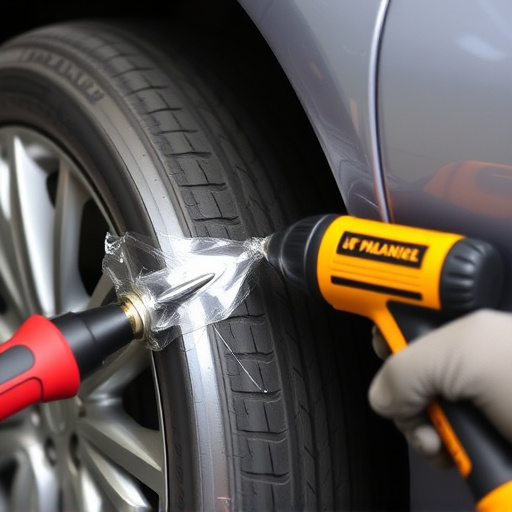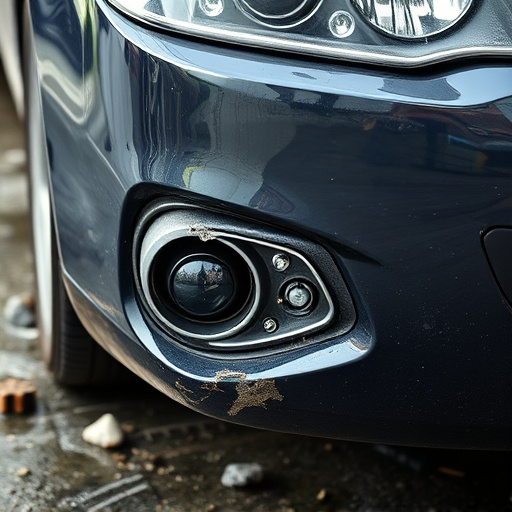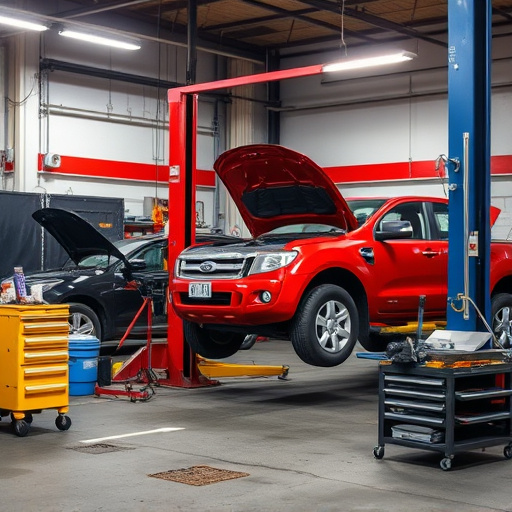Meticulous surface cleaning and preparation are crucial for Tesla PPF (paint protection film) repair, removing contaminants to ensure enhanced adhesion and a long-lasting, seamless finish, comparable to professional auto body shop results. Use specialized tools like clay bars, tire cleaners, wet sanding, and polishing to preserve the car's aesthetic appeal.
Tesla’s Paint Protection Film (PPF) offers superior vehicle paint protection, but repairs require meticulous surface preparation. This guide delves into understanding the PPF layer, its importance, and effective repair techniques. Before attempting any Tesla PPF repair, ensure your car’s surface is clean and free of contaminants. Proper surface prep guarantees optimal adhesion and long-lasting repair results, enhancing your vehicle’s aesthetic appeal.
- Understanding Tesla PPF: A Protective Layer
- Surface Preparation: The Crucial Step
- Repair Techniques for Optimal Results
Understanding Tesla PPF: A Protective Layer

Tesla’s Paint Protection Film (PPF) acts as a crucial, protective layer for the vehicle’s paintwork, shielding it from scratches, chips, and other forms of damage caused by everyday driving conditions. It’s not just about aesthetics; PPF also maintains the car’s resale value by preserving its original finish. When considering Tesla PPF repair, understanding this film’s role in vehicle bodywork is essential.
While auto body services for car collision repair may involve intricate work, preparing a surface for PPF repair requires a slightly different set of skills. Unlike traditional paint jobs, repairing PPF demands meticulous attention to detail and clean preparation. Any contaminants or imperfections on the surface can affect the adhesion of the replacement film, leading to potential issues down the line. Therefore, proper cleaning is a fundamental step in ensuring successful Tesla PPF repair, enhancing the longevity and effectiveness of this protective layer.
Surface Preparation: The Crucial Step

Surface preparation is an often-overlooked but essential step in Tesla PPF (paint protection film) repair. Before attempting any fix or application, it’s crucial to ensure the surface is clean and free from contaminants like dirt, grease, or previous repair residue. A meticulous cleaning process involves using specialized solutions and techniques to remove all traces of these substances. This preparation not only enhances the adhesion of the replacement PPF but also guarantees a long-lasting, seamless finish.
In the world of auto body repairs, whether for a modern Tesla or a classic car undergoing restoration, proper surface prep is fundamental. It’s akin to laying a solid foundation before constructing a building—a strong base ensures structural integrity and longevity. Similarly, in car dent repair or even in the intricate process of classic car restoration, clean and prepared surfaces are the key to achieving professional results that rival those of any auto body shop.
Repair Techniques for Optimal Results

When it comes to Tesla PPF (paint protection film) repair, the initial step is to ensure a clean and prepared surface. This involves thoroughly washing and decontaminating the affected area to remove any dirt, grime, or contaminants that could hinder adhesion. A high-quality clay bar and tire cleaner are essential tools for this process, ensuring the surface is smooth and free from defects.
For optimal results, consider using specialized auto repair near me services equipped with the latest technology. Collision centers with experience in PPF repairs can provide precise techniques, such as wet sanding and polishing, to restore the film without damaging the underlying vehicle paint. This meticulous approach guarantees a seamless blend between the repaired area and the rest of the car’s protective film, maintaining the overall aesthetic appeal.
When it comes to repairing Tesla’s Paint Protection Film (PPF), proper surface preparation is key. Ensuring the area is clean and free of contaminants allows for optimal adhesion during the repair process, guaranteeing long-lasting and effective results. By following these steps and using the right techniques, you can effectively maintain the protective layer on your Tesla, preserving its sleek and vibrant exterior in the long run.
